

Irrigation in viticulture is the process of applying extra water in the cultivation of grape vines. The amount of available water affects photosynthesis and hence growth, as well as the development of grape berries. While climate and humidity play important roles, a typical grape vine needs 25-35 inches (635-890 mm) of water a year, occurring during the spring and summer months of the growing season, to avoid stress. A vine that does not receive the necessary amount of water will have its growth altered in a number of ways.
Several methods of irrigation can be used in viticulture depending on the amount of control and water management desired. Historically, surface irrigation was the most common means using the gravity of a slope to release a flood of water across the vineyard. This method provided very little control and often had the adverse effect of over-watering the vine. In furrow irrigation system, small channels run through the vineyard providing irrigation. This provides slightly more control since the initial amount of water entering the channels could be regulated; however the amount that each vine received is sporadic.
Irrigation involves the installation of a series of sprinkler units throughout the vineyard, often spaced as several rows about 65 feet (20m) apart. The sprinklers can be set on an electronic timer and release predetermined amount of water for a set period of time. While this provides more control and uses less water than flood irrigation, like furrow irrigation the amount that each individual wine receives can be sporadic.
Drip irrigation system provides the most control over water management, though expensive to install. This system involved long plastic water supply lines that run down each row of vines in the vineyard with each individual grape vine having its own individual dripper. With this system, a viticulturist can control the precise amount of water that each grapevine gets down to the drop. An adaption of this system, potentially useful in areas where irrigation may be banned, is underground sub-irrigation where precise measurement of water is delivered directly to the root system.
Related items you may like


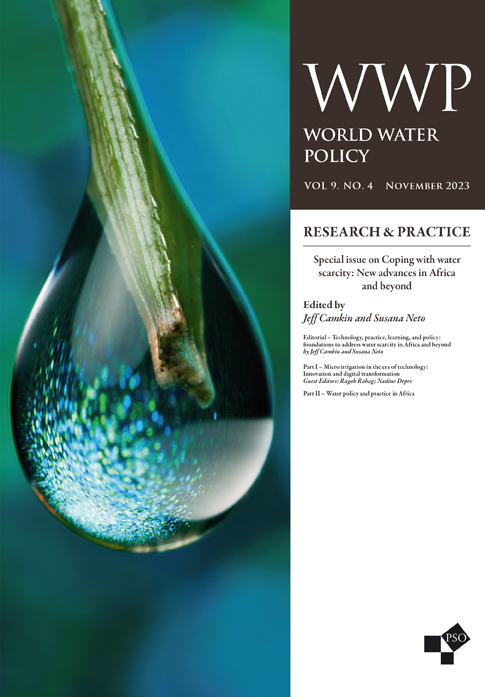
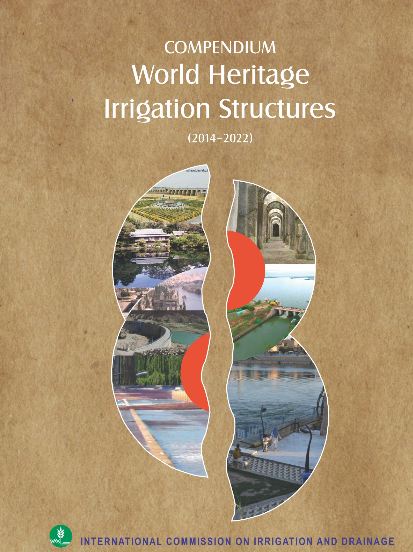







































































































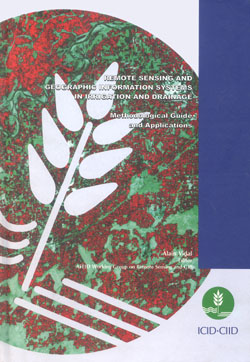



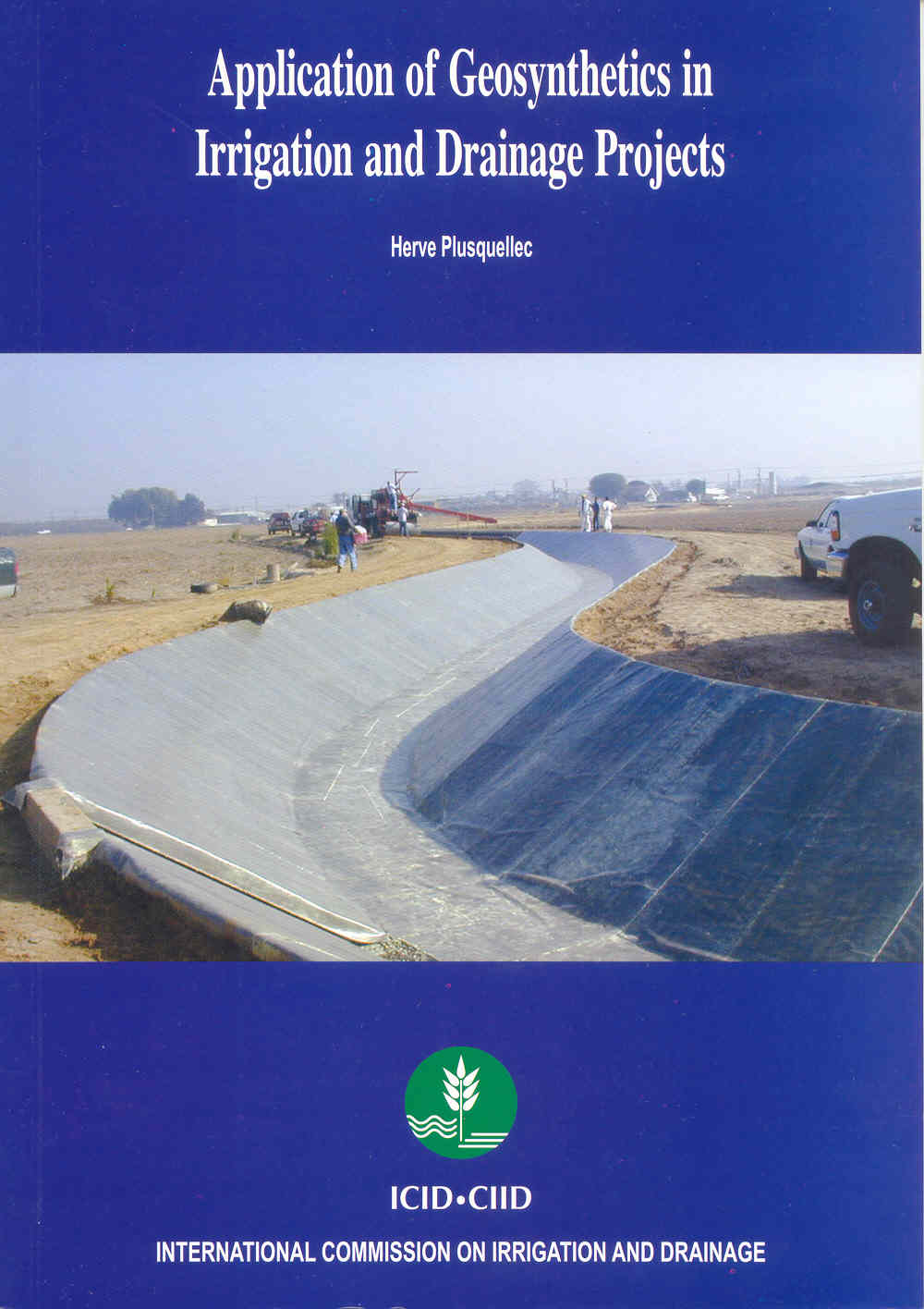

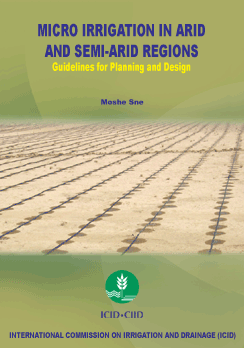
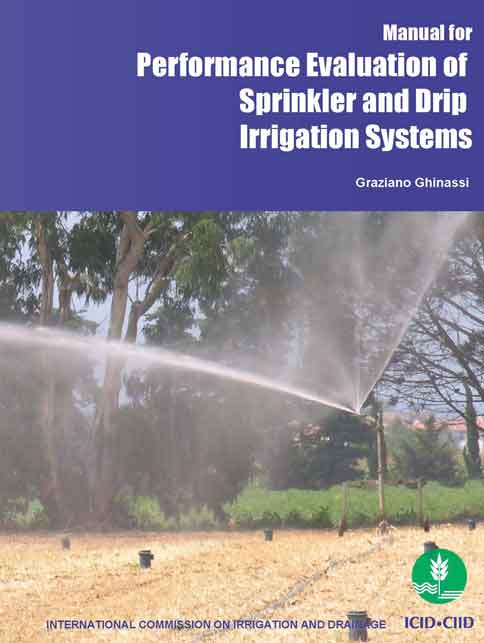



Irrigation
Sources of Irrigation
Irrigation History +
Sources of Irrigation +
IMPROVING SOIL MOISTURE +
Ponds +
Tanks +
Diversion Weirs +
Dams and Reservoirs +
Groundwater +
Conjunctive Water Use +
Wastewater +
Poor Quality Water +
Application of Irrigation water
Canal Irrigation +
Flood Irrigation +
Deficit Irrigation +
Supplemental Irrigation +
Sprinkler Irrigation +
Drip Irrigation +
Lift Irrigation +
Centre Pivot Irrigation +
Tidal Irrigation +
Micro-Irrigation Technologies for Small Holders +
Automatic Irrigation Systems +
Pressurized Irrigation +
Irrigation in Viticulture +
Purpose of Irrigation
Instruments and implements of Irrigation
Pumps +
Centrifugal Pumps +
Submersible Pumps +
Turbine and Jet Pumps +
Conveying Pipes +
Sprinklers +
Drippers +
Canal Automation Systems +
Irrigation Management
Economics of Irrigation System +
I&D System Types +
I&D Investment Functions +
I&D Management Issues +
Participatory I&D Management +
Equity in Irrigation +
Irrigation Services +
Irrigation and environment
Pollution and Irrigation +
Irrigation and Climate Resilience +
Environmental Aspects of Irrigation +
Environmental Impacts of Irrigation +
Green Lawn Irrigation +
Safe Use of Waste Water in Irrigation +
Organic Agriculture +
Soil Health +
Soil Health Management +
Quality of Irrigation Water +
Capacity Development
Drainage
Drainage Types and Systems
Agricultural Drainage +
Field Drainage systems +
Canal Irrigation and Drainage +
Surface Drainage Systems +
Subsurface Drainage +
Mole Drainage +
Bio-Drainage +
Regional Bio-Drainage +
Drainage Issues
- Irrigation pipe aqueduct, Pipe aqueduct, Pipe flume
- Syphon, Inverted siphon, Irrigation syphon, Canal syphon, Syphon superpassage
- Lift irrigation area, or Lift area
- Continuous-flow irrigation
- Night-storage irrigation system
- Intermittent-flow irrigation system
- Irrigation return flow
- Farm irrigation structures
- Collective irrigation system
- Individual irrigation system
- Perennial irrigation
- Seasonal irrigation
- Supplemental irrigation
- Systematic irrigation
- Flow irrigation, or Gravity irrigation
- Pumping irrigation
- Inundation irrigation
- Irrigation from a storage reservoir
- Irrigation from groundwater
- Irrigation by flood water spreading
- Sailab irrigation (a term used in India and Pakistan)
- Micro basin irrigation
- Irrigation by spreading
- Irrigation
- Irrigation interval
- Irrigation dose
- Ideal irrigation interval
- Irrigation season
- Fall irrigation (USA)
- Winter irrigation (USA)
- Early irrigation (USA)
- Sub-irrigation
- Overirrigation
- Irrigation canals
- Surface irrigation
- Flood irrigation
- Basin method of irrigation, or Irrigation by beds
- Flush irrigation
- Spate irrigation
- Border irrigation, or Border method
- Flooding from ditches, or (contour ditch irrigation)
- Corrugation irrigation
- Furrow irrigation
- Surge irrigation
- Duration of irrigation
- Secondary flow, Two discharge, or Cutback irrigation
- Primary flow irrigation (single discharge)
- Wave irrigation
- Irrigation through buried drains, Irrigation-drainage, or Vallenhove process
- Irrigation by nappe control, or Ramspol process
- Selection of irrigation parameters
- Sprinkler irrigation
- Irrigation terminal
- Irrigation device
- Perforated pipe sprinkler irrigation
- Irrigation sprinkler machine
- Centre pivot irrigation
- Lateral-move irrigation machine sprinkler method
- Solid set irrigation
- Piloting of irrigation
- Irrigation cycle
- Micro-irrigation, Localized irrigation, Drip irrigation, Trickle irrigation
- Mobile micro-irrigation
- Pulse irrigation
- Surface drip irrigation
- Buried drip irrigation
- Drip irrigation functioning by propulsions
- Micro-irrigation network
- Micro-irrigation nozzle-line
- Irrigation dose
- Semi-automatic control (of irrigation)
- Micro-irrigation system with hydraulic sequential operation
- Automatic control (of irrigation)
- Porous wall microirrigation tubing
- Proportional irrigation pump
- Irrigation water
- Irrigation water requirement, Irrigation need
- Net irrigation requirement, Farm delivery requirement, or Delta at farm
- Crop irrigation requirement
- Diversion requirement, Gross irrigation requirement, or Delta at head of main canal
- Optimum irrigation requirements
- Irrigation efficiency, Farm irrigation efficiency, Farm delivery efficiency, Water conveyance and delivery efficiency, or Overall efficiency
- Irrigation water-requirement
- Subirrigation
- Surge irrigation
- Irrigation water use efficiency
- Unit irrigation efficiency
- Economic efficiency of irrigation
- Irrigation efficiency
- Agronomic efficiency of irrigation or Agronomic productivity of irrigation
- Degree of durability of irrigation
- Programmed irrigation
- Fully automatic irrigation system
- Irrigation development project or system
- Irrigation
- Surface irrigation
- Basin Irrigation
- Overhead irrigation
- Sub‑irrigation
- Microirrigation
- Trickle irrigation
- Drip irrigation
- Total irrigation
- Supplemental irrigation
- Preplant irrigation
- Organic irrigation
- Conjunctive irrigation planning
- Irrigation project
- Irrigation potential
- Assessment of irrigation charges
- Irrigation cess
- Water rate, Water charge, Irrigation rate, or Irrigation assessment
- Primary benefits, Primary effects, Direct irrigation benefits, or Direct irrigation effects
- Secondary benefits, Secondary effects, Indirect irrigation benefits, or Indirect irrigation effects
- Economic value of unit of irrigation water
- Revenue value of a unit of irrigation water

















